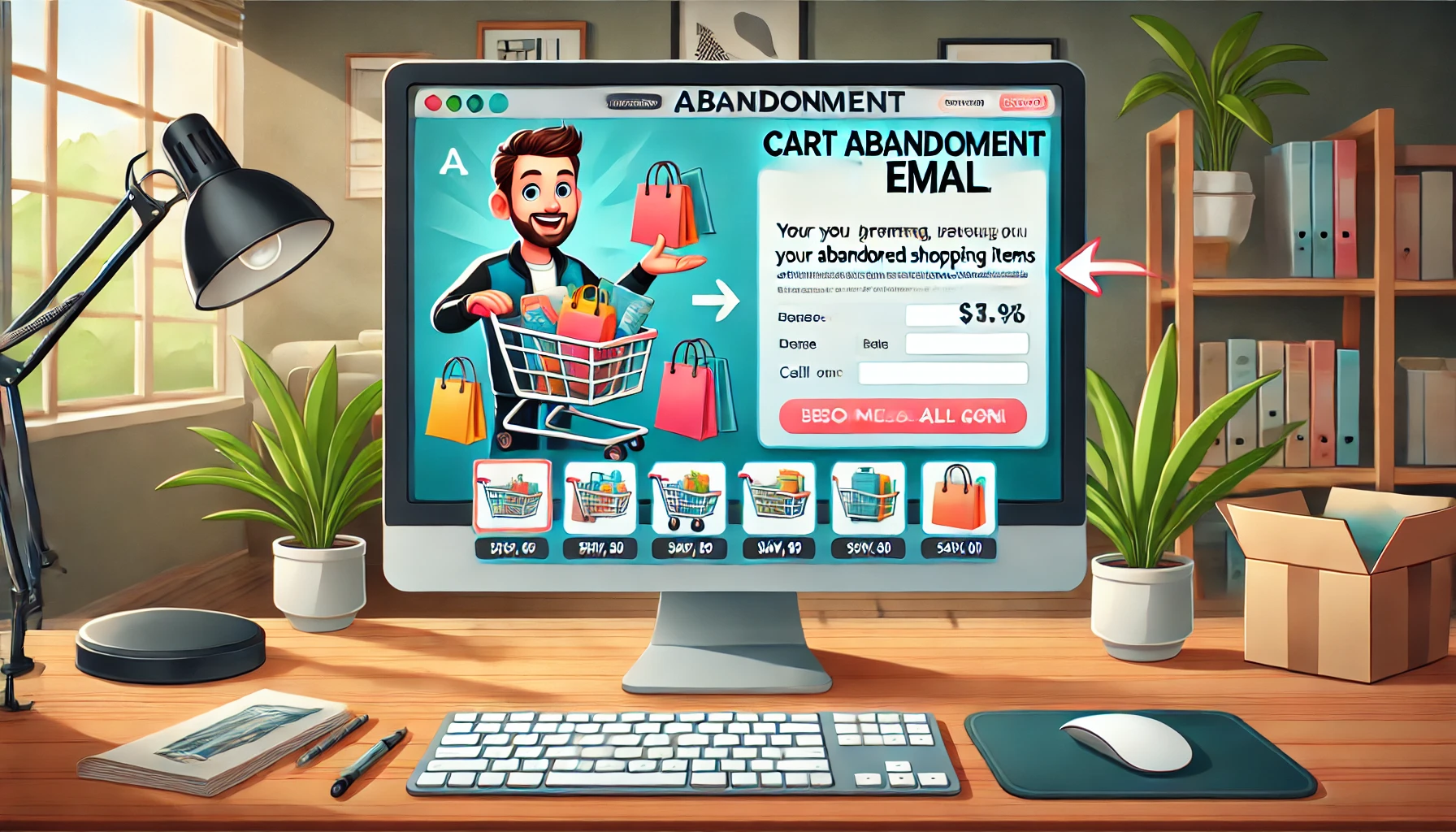If you’re thinking of using Facebook for your ads, you’ve probably heard it’s a huge deal for reaching loads of people. But here’s the thing: getting your ads to actually work isn’t just about how much money you’re willing to spend or picking some great pictures. While some ads totally knock it out of the park, others can crash and burn pretty badly.
In this article, I’m going to walk you through some of the most common mistakes people make with their Facebook ads and give you some straightforward tips on how to steer clear of these pitfalls. Trust me, it’s worth getting this right, because when you do, the payoff can be huge!
Common Facebook Ad Mistakes
When you jump into Facebook advertising, it might seem pretty easy at first glance. Just pick your audience, set your budget, slap on some images and text and you’re good to go, right? Not exactly. There are some common slip-ups that can really mess up your results.
Misunderstanding Your Audience
First off, knowing who you’re talking to is very important. Imagine you’re trying to sell the latest video game. Your ad is full of cool graphics and gamer lingo, which is perfect for teens and young adults, right?
But if that same ad goes out to retirees, they might just scroll past without a second glance because it doesn’t speak to them at all. That’s why it’s crucial to really dial into who your audience is and what they care about. You gotta make sure your message hits home with the folks who are most likely to be interested in what you’re selling.
Poor Targeting Practices
Now, Facebook isn’t short on tools to help you pinpoint exactly who sees your ads. You can get very specific about things like age, interests, location—you name it.
But here’s where many people drop the ball: they don’t use these tools properly. Maybe they think, “Hey, the more people see my ad, the better,” and choose a really broad audience. Big mistake. This scattergun approach can end up showing your ad to tons of people who have zero interest in what you’re offering, which means your precious advertising budget just goes down the drain.
Neglecting Ad Copy
And then there’s your ad copy—basically, the words in your ad. This part is massive. You could have the most eye-catching image in the world but if the words are unclear or boring, people aren’t going to click.
Your copy needs to be clear, engaging and should give someone a solid reason to take action, whether it’s buying something, signing up for more info or whatever you’re aiming for. Think of it like texting someone you’ve got a crush on. You wouldn’t just send them a random emoji and expect them to understand what you mean, right? You’d want to be clear and maybe a bit clever or charming. That’s how you should think about your ad copy.
Case Studies of Failed Facebook Ads
Let’s look into some real-world blunders in Facebook advertising to see exactly where things can go wrong. These case studies highlight the importance of understanding both your audience and the nuances of ad messaging.
Ad #1: Negative Emotional Appeal
Take this notorious example where an ad posed the question, “Are you afraid of being ugly?” Not only did it contain spelling errors, which can hurt the brand’s credibility but it also played on fears about appearance. This strategy can really backfire.
Instead of motivating people to engage positively with the product, it fostered negative emotions, promoting a poor self-image. It’s a classic case of how not to approach your audience. Ads should aim to uplift or provide solutions, not make people feel worse about themselves.
Ad #2: Insensitive Content
During Black History Month, a gym came under fire for its “12 Years of Slave Workout” campaign. This ad was not only in poor taste but grossly insensitive, showing a deep misunderstanding of cultural contexts and historical sensitivity.
It tried to draw a parallel between slavery—a horrific period in history—and a workout routine, which was both inappropriate and offensive. This highlights the critical need for cultural competence in advertising, especially when referencing significant historical events or themes.
Ad #3: Language and Localization Issues
Here’s a classic error in targeting and localization: an ad meant for a Japanese-speaking audience was shown to people who did not speak Japanese. This mistake likely resulted from not setting proper language preferences in the ad settings, leading to confusion and disengagement.
When you’re advertising in a global marketplace, understanding and implementing localization strategies are crucial to ensure that your message resonates clearly and appropriately with the intended demographic.
Ad #4: Random Product Ads
Wish.com is known for its vast array of products but its advertising often features seemingly random items without considering user interests or purchase history. These ads, while sometimes quirky and attention-grabbing, typically fail to engage potential customers effectively.
They scatter their focus instead of targeting based on user behavior and preferences. Effective advertising should be about showing the right products to the right people, not just any product to everyone.
These cases serve as important lessons: know your audience, use sensitivity in your messaging, ensure proper localization and target your ads strategically.
Technical Flaws in Facebook Ads
Diving into the technical side of things, there are a few key elements in Facebook ads that, if not done right, can really mess up your whole game. Let’s break it down so you can keep an eye on these details.
Missing Calls to Action (CTA)
So, every ad needs a clear call to action or CTA. This is basically the part of the ad that tells you what to do next, like “Shop Now” or “Sign Up Here.” Without this, people might look at your ad and think, “Cool but now what?” You’ve got to make it very clear what you want them to do.
If there’s no CTA, there’s a good chance they’ll just scroll on by without taking any action and that’s a missed opportunity.
Overuse of Text in Images
Now, about putting text on your ad images: it’s tempting to cram a ton of info onto an image but Facebook isn’t a fan of this. Actually, Facebook can limit how much your ad gets shown if there’s too much text on the image. They have this tool that checks how much text you’re using and if it’s too much, your ad won’t reach as many people.
Keep it simple and to the point; let the image speak for itself and use the ad text space for the rest.
Poor Visuals and Design
And speaking of images, the quality and design of your visuals are mega important. The right choice of colors and a clear, high-quality image can really make your ad pop and draw in people’s attention.
On the flip side, if your ad looks dull or the image is blurry, people are probably not going to pay much attention to it. Bright and appealing images are the way to go—they stand out in a busy newsfeed and can make all the difference in how effective your ad is.
Strategic Errors
Strategic planning isn’t just a fancy term; it’s the backbone of nailing your Facebook advertising. Here’s the scoop on where many people trip up and how you can dodge these common strategic errors.
Ignoring the Power of A/B Testing
So, A/B testing might sound a bit technical but it’s actually pretty simple and very powerful. Imagine you’ve got two versions of an ad. One features a photo and the other a video. How do you know which one’s going to hit the mark with your audience? That’s where A/B testing comes in.
You run both ads simultaneously to similar audiences and see which one performs better. This isn’t just about guessing what works; it’s about knowing it based on real data. Skipping this step is like flying blind—you might luck out but why take the chance when you can have solid evidence?
Failure to Add Value
Every ad you make has to give something valuable to your viewers. This could be a killer discount, a must-read piece of info or even just a feel-good vibe. But if your ad just shouts about how great your product is without answering the “What’s in it for me?” question for your audience, it’s probably going to flop.
High engagement comes from making the viewer’s benefits crystal clear. Think about what can make someone stop scrolling and pay attention to what you’re saying.
Not Updating Ads
It’s easy to think that once your ad is out there, you can just sit back, relax and watch the magic happen. But the internet moves fast and people get bored quickly. If you’re not keeping your ads fresh, they’ll start to blend into the background.
Regularly tweaking your copy, updating the visuals or even just changing the call to action can keep things fresh. This helps avoid what we call ‘ad fatigue’—when people see your ad so many times that they start ignoring it. Keeping your ads updated is key to keeping your audience interested and engaged.
Psychological Aspects of Facebook Ads
When it comes to Facebook ads, never overlook the psychological impact they have. Seriously, the way your ads make people feel can make or break their success.
Importance of Emotions in Ads
Here’s the lowdown: ads that make people feel good are way more likely to get good results. If your ad can make someone smile, laugh or feel inspired, they’re more likely to remember your brand and react to the ad. It’s all about hitting those positive vibes.
Think about it—when was the last time you wanted to share or talk about something that made you feel bad? Probably never, right? That’s why focusing on the positive is crucial.
Using Humor and Sensitivity Correctly
Humor is a tricky but awesome tool. When you nail it, it can make your ad very memorable. But get it wrong and it can be a disaster. You have to really know your audience and what they find funny—and what’s off-limits.
Also, always steer clear of making jokes at someone else’s expense or using sensitive topics as punchlines. It’s about finding that sweet spot where your joke doesn’t just land; it soars without bumping into any sensitive issues.
Optimizing Facebook Ads
Best Practices for Targeting
First things first, you’ve got to get your targeting right. Facebook lets you get very specific about who sees your ads, from basic demographics to detailed interests. Take the time to refine this so you’re talking directly to the people who are most likely to be into what you’re offering. It’s like making sure your text goes to the right group chat—the one where it will be appreciated the most.
Crafting Compelling Ad Copies
Your ad copy is your voice in the conversation with potential customers. It should speak directly to what they care about and need. Instead of just listing what your product does, talk about how it can make their life cooler, easier or better. Keep it real, keep it relatable and make sure every word on that ad is working hard to engage your audience.
Designing Effective Visuals
People scroll fast so your visuals need to grab attention. Invest in high-quality, striking images or videos that stand out in a crowded feed. Your visuals are like the cover of your book—they’re what make someone stop and want to read more.
Continuous Improvement through Analytics
Finally, use Facebook’s analytics tools to keep tabs on how your ads are performing. See what’s working and what isn’t and don’t be afraid to tweak things. Continuous testing and adjustment based on real data can help you perfect your approach over time.
Conclusion
Dodging those Facebook ad mishaps really boils down to nailing a few key practices: solid planning, really getting who your audience is and keeping your strategy sharp with ongoing tweaks. Use the tips we talked about and you’re set to boost your Facebook ad game and see some solid results. Remember, it’s all about connecting with your audience in a way that’s both smart and genuine.
Frequently Asked Questions (FAQs)
What is the most common mistake made in Facebook ads?
The biggest mistake I see all the time? It’s not nailing down who the audience is. If you’re showing your ads to people who just aren’t into what you’re offering, you’re basically just throwing money into a black hole. Make sure you know who you’re targeting.
How can I improve my Facebook ad targeting?
To really dial in your targeting, start using Facebook’s detailed targeting options. You can get very specific about demographics, interests and even behaviors. Plus, don’t forget to use custom audiences to retarget people who have already interacted with your brand.
What are some tips for writing effective ad copy on Facebook?
Keep it simple and engaging. Speak directly to your audience’s needs and wants. Highlight the benefits of what you’re offering, not just the features. And always, always include a clear call to action.
Why is A/B testing important for Facebook advertising?
A/B testing is your best friend when it comes to figuring out what works best. It lets you pit two versions of your ad against each other to see which one performs better. This kind of testing takes the guesswork out of your ad strategies and gives you hard data on what your audience responds to.
How often should I update my Facebook ads?
Keep things fresh! Update your ads regularly to combat ad fatigue. This could mean tweaking your ad copy, switching up the images or even just testing new headlines. Generally, give your ads a facelift every couple of weeks or so, depending on their performance.
How do visuals affect the performance of Facebook ads?
Visuals are huge. They’re the first thing that catches the eye. High-quality images or videos can significantly increase engagement. Make sure your visuals are relevant, appealing and aligned with your messaging to grab attention and convey your ad’s message quickly.












